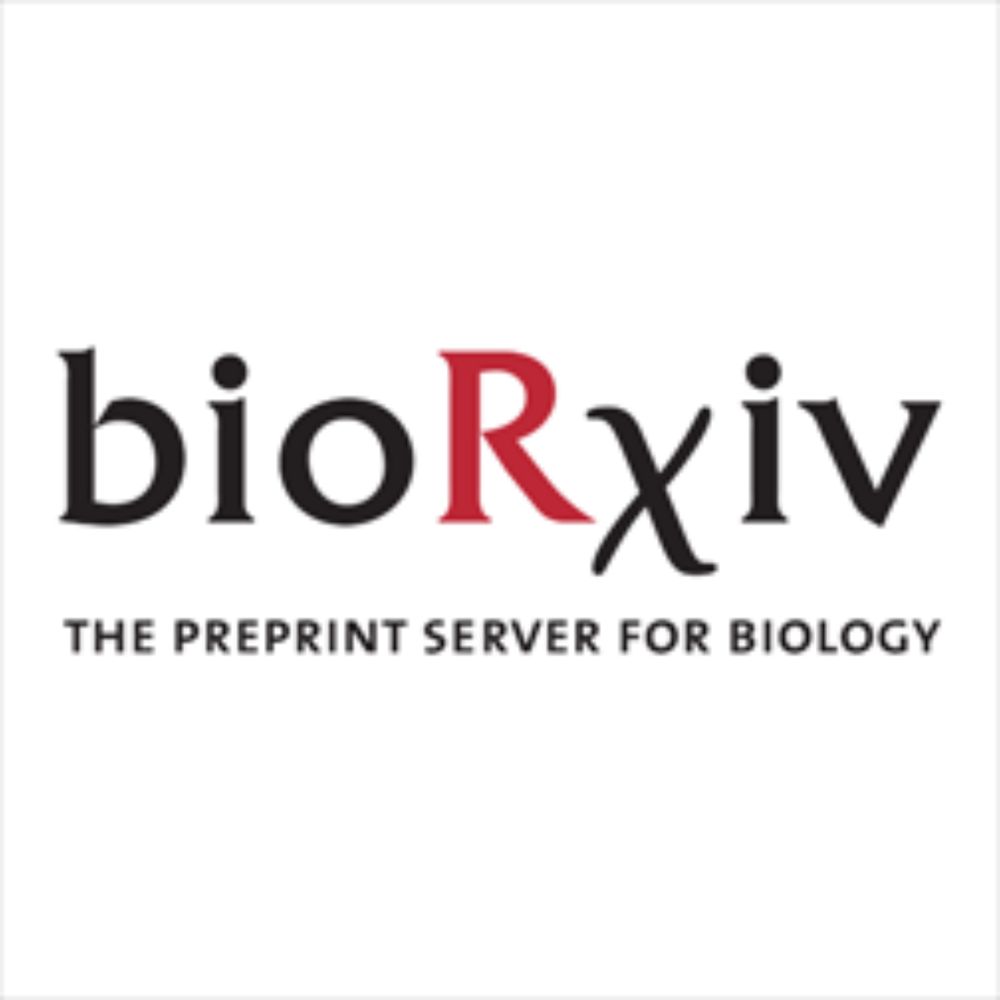Can mice estimate the distance to an odour source?
New work led by Cristina Marin and colleagues, jointly supervised by @andreas-t-schaefer.bsky.social at the @crick.ac.uk and myself.
Spoiler alert: Yes, they can!
Read the paper here: bit.ly/43A9tF9
Short 🧵 below
Can mice estimate the distance to an odour source?
New work led by Cristina Marin and colleagues, jointly supervised by @andreas-t-schaefer.bsky.social at the @crick.ac.uk and myself.
Spoiler alert: Yes, they can!
Read the paper here: bit.ly/43A9tF9
Short 🧵 below
We combined 2P and synchrotron X-ray to understand mouse olfactory bulb circuits, linking physiology to structure in 3 animals!
doi.org/10.1101/2025...
🙌 @carlesbosch.bsky.social, @apacureanu.bsky.social, @andreas-t-schaefer.bsky.social, @esrf.fr, @crick.ac.uk
But renewals were blocked.
Several members of the NIMH external review board, led by chair @jmgrohneuro.bsky.social, wrote a letter to the Senate. It's worth a read.
2/
But renewals were blocked.
Several members of the NIMH external review board, led by chair @jmgrohneuro.bsky.social, wrote a letter to the Senate. It's worth a read.
2/

1/3

1/3

By Paul Middlebrooks
bit.ly/4hPYk7w
#neuroskyence

By Paul Middlebrooks
bit.ly/4hPYk7w
#neuroskyence
doi.org/10.1038/s414...

doi.org/10.1038/s414...


arxiv.org/abs/2412.08747

arxiv.org/abs/2412.08747


